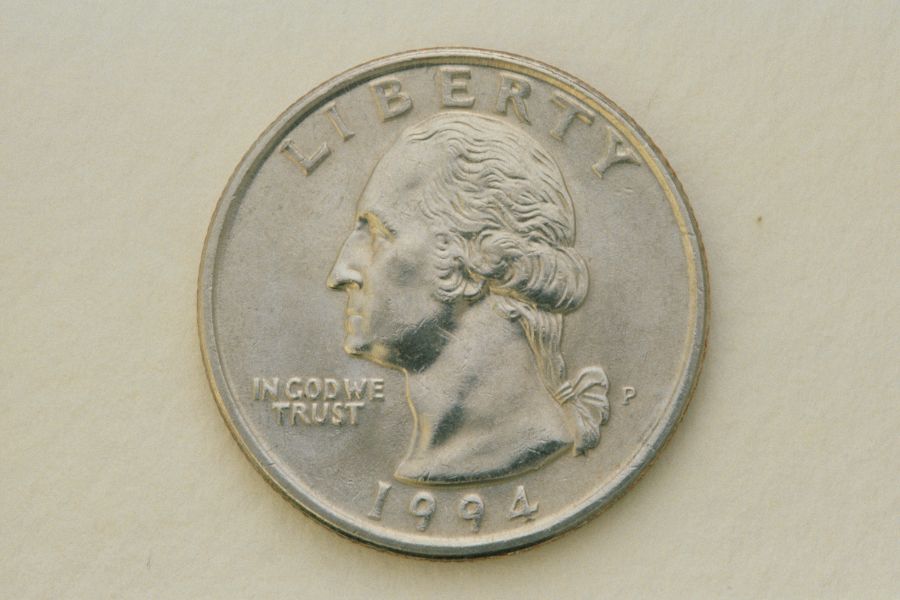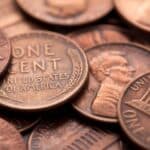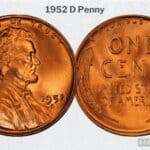Do you often exchange some of your dollars or spare change for quarters when you check out at stores?
Without a doubt, many people have a love affair with the quarter. Hands down, it’s arguably the most favorite coin for most American citizens.
Whether you want to buy a scoop of ice cream, pay for your laundry, or donate to your favorite charity, your quarters can make it possible.
But have you ever wondered how much a quarter weighs?
Probably not. It’s not the kind of question that can easily cross your mind, right?
Well, it’s never too late to learn something new. So, why don’t you join us as we uncover the quarter’s weight?
Why Do You Need to Know About the Weight of the Quarter?
A quarter’s weight might seem like a trivial subject of discussion, but it’s important.
Probably, you’re asking yourself–how?
For starters, knowing the weight of a quarter ensures accuracy when weighing coins for collection or other projects. This rings true, particularly for numismatics and coin enthusiasts.
Secondly, the weight of these coins matters when it comes to automated machines. Various coin-operated equipment, like vending machines and self-service checkouts, rely on the coin’s weight and size to confirm its authenticity.
On the same note, businesses that handle large quantities of coins, like vending machine operators often calibrate their machines based on the coin’s weight to ensure smooth operation.
Before we wrap up with this section, let’s highlight a key aspect–Standardization.
United States quarters have their weight standardized to create uniformity and deter fraud. Keep in mind alteration of the coins’ weight affects their inherent value.
Also Read: How Many Quarters In A Roll?
How Much Does a Quarter Weigh?
Now, let’s address the elephant in the room–”What’s the weight of the quarter”?
The straightforward answer here is 5.67) grams (0.2 ounces). However, this value only applies to coins produced after 1964. Also known as clad quarters, they have a composition of 91.67% copper and 8.3% nickel.
Essentially, these are your everyday quarters that you can get from banks, grocery stores, fast-food establishments, arcades, and so on.
But what about the other quarter, like silver quarters?
That takes us to the next section.
The Interesting History of Quarters
After the U.S. government passed the Coinage of Act (or Mint Act) of 1792, it issued the first 25-cent coin.
Designed by Robert Scot, the new coin was made entirely from 84.24% pure or fine silver and weighed around 6.74 grams (0.237 ounces). Later on, the federal government revised the composition to 90 % fine silver.
From 1853 to 1873, silver quarters weighed 6.22 grams (0.2194 ounces). However, after the enactment of the Coinage Act of 1873, the weight changed again, accounting for the shortage of silver.
The new quarters assumed a new composition of 90% silver and 10% copper, which gave them a weight of 6.25 grams (0.022 ounces).
This weight persisted until 1964, when the makeup of the coins changed to a cupronickel alloy (a blend of 91.67% copper and 8.33% nickel). Since 1965, the quarter weighed 5.67 grams (0.2 ounces).
Variation in Weight Among Different Types of Quarters
Do All quarters have the Same Weight?
The simple answer is no. As you can see from the history, quarters vary in weight based on their metal/ material composition.
That said, let’s check out the weight of the various quarters created over the years.
Draped Bust Quarter
The Draped Bust quarters were produced during the late 1700s up through the 1830s. These coins are among the several denominations authorized by the 1792 Coinage Act.
Draped bust quarters feature a unique composition of 89.24% silver and 10.76% copper. They also weigh 6.74 grams.
Capped Bust Quarter
The 1800s saw the introduction of capped bust quarters, first struck in 1815. Initially, these quarters weighed 6.74 grams, but this value changed to 6.7 grams from 1837 to 1838.
Seated Liberty Quarter
Another quarter coin worth highlighting is the seated liberty quarter. Minted from 1838 to 1891, these quarters circulated during some of the tense times in American history.
As for the weight, the seated liberty quarter weighed 6.68 grams (0.235 ounces) in 1838, but due to some alterations in 1873, the coin’s weight increased to 6.25 grams.
Barber Quarters
As the name suggests, these quarters were designed by engraver Charles E. Barber. Barber quarters consist of 90% silver and 10% copper and weigh approximately 6.25 grams.
Silver Quarters
Silver quarters refer to coins minted from 1873 to 1964, including standing liberty quarters, barber quarters, and Washington quarters. As you have probably guessed, these coins weigh 6.25 grams.
Quarter Weight vs. Other American Coins
Having looked at the weight of quarters, it’s time to see how they compare to other U.S. coins. In this case, we’ll use a table to summarize the information.
| Coin Type | Weight (in grams) |
| Penny (1 cent) | 2.5 g |
| Nickel (5 cents) | 5.0 g |
| Dime (10 cents) | 2.268 g |
| Half Dollar (50 cents) | 11.34 g |
| Dollar (1 dollar) | 8.1 g |
Compared to other American coins, the quarters are heavier with two exceptions–the half dollar and the dollar coin. They weigh 11. 34 grams and 8.1 grams, respectively.
Bottom Line
It’s almost 200 years since the first quarter was minted in the U.S. To date, Americans love these coins, as they make it easy to pay for goods and services.
Generally, a 25-cent quarter is made from a blend of copper and nickel and weighs 5.67 grams or 0.2 ounces. However, pieces struck before 1964 might have a slightly higher weight.
We hope this information has enlightened you more about American coins and added value to your life.



